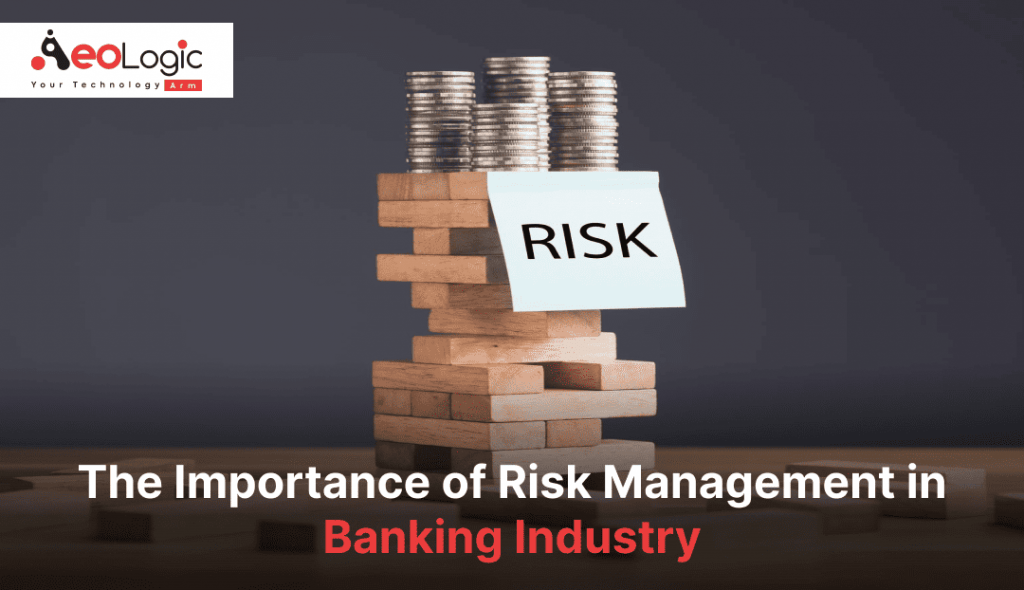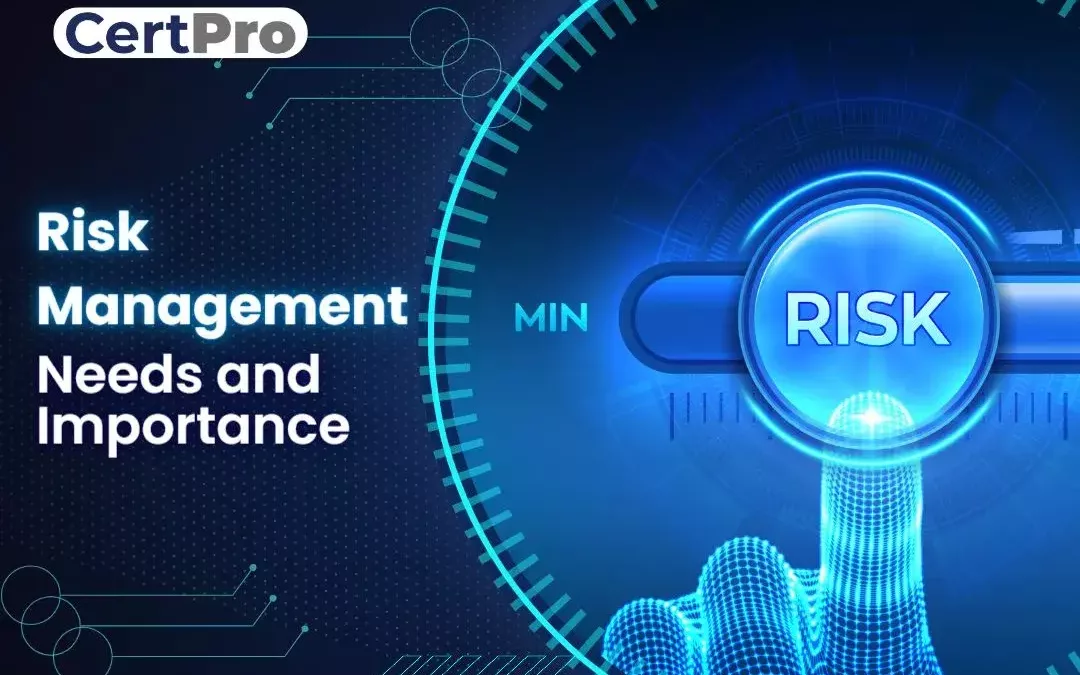The Importance of Understanding the Importance of Risk Management in Various Industries

The Core Concept of Risk Management and Its Purpose
Risk Management, the cornerstone of numerous sectors, hinges on the recognition, examination, and mitigation of unpredictabilities in a company setting. It is an essential technique that allows organizations to guard their assets, online reputation, and overall survival. By appropriately identifying prospective dangers, companies can create strategies to either avoid these dangers from taking place or minimize their effect. The assessment process involves assessing the probability and potential extent of these threats. The reduction procedure entails devising approaches to decrease their prospective influence when threats have actually been determined and evaluated. This process is ongoing and cyclical, guaranteeing that services are prepared for the ever-changing nature of Risk in different sectors. The primary purpose, thus, is to cultivate resilience among unpredictabilities.
Advantages of Carrying Out Risk Management in Service Operations

Introducing the Function of Risk Management in Different Industries
While every industry confronts its one-of-a-kind collection of threats, the implementation of Risk Management approaches remains a typical denominator in their pursuit of sustainability and development. In the medical care industry, Risk Management entails making sure person security and information defense, while in money, it includes mitigating financial investment threats and making sure regulatory conformity. Inevitably, the role of Risk Management throughout markets is to recognize, evaluate, and mitigate threats.
Real-life Study Showing Effective Risk Management
To comprehend the value of Risk Management in these numerous markets, one can look to several real-life instances that illustrate the successful application of these steps. For instance, in the energy industry, British Petroleum developed Risk mitigation plans post the 2010 Gulf of Mexico oil spill. They applied better safety procedures and more stringent guidelines which significantly minimized further crashes. Similarly, in financing, Goldman Sachs effectively navigated the 2008 financial crisis by identifying potential mortgage-backed safety and securities threats early. Finally, Toyota, post the 2011 earthquake in Japan, changed its supply chain Management to lessen disturbance risks. These situations demonstrate how industries, discovering from dilemmas, successfully used Risk Management methods to decrease future dangers.
Future Patterns and Developments in Risk Management Methods
As the world remains to evolve, so also do the trends and advancements in Risk Management approaches. Fast advancements in modern technology and information analytics are improving the Risk landscape. Large information and AI are now critical in forecasting and reducing risks. Organizations are leveraging these tools to construct predictive designs and make data-driven decisions. Cybersecurity, as soon site link as an outer problem, has catapulted to the leading edge of Risk Management, with methods concentrating on discovery, avoidance, and response. The combination of ESG (Environmental, Social, Governance) variables right into Risk Management is an additional growing fad, showing the enhancing recognition of the duty that social and environmental risks play in business sustainability. Therefore, the future of Risk Management hinges on the fusion of sophisticated modern technology, ingenious techniques, and a holistic technique.
Conclusion
In top article conclusion, recognizing the significance of Risk Management throughout a range of industries is vital for their longevity and prosperity. Tailored methods can help minimize potential dangers, secure assets, and foster stakeholder count on. In addition, proactive decision-making help in regulatory compliance and enhances resource usage. Inevitably, successful Risk Management adds to much more resistant and lasting services, highlighting the relevance of this technique in today's highly affordable and dynamic service setting.
While every industry challenges its one-of-a-kind set of risks, the implementation of Risk Management methods stays a typical denominator in their quest of sustainability and development. In the health care market, Risk Management requires ensuring patient safety and security and data protection, while in finance, it entails mitigating investment threats and making certain regulative conformity. Eventually, the role of Risk Management across industries is to identify, examine, and minimize dangers. These situations demonstrate just how markets, discovering from my link crises, successfully used Risk Management techniques to decrease future risks.

 Devin Ratray Then & Now!
Devin Ratray Then & Now! Jason J. Richter Then & Now!
Jason J. Richter Then & Now! Jeremy Miller Then & Now!
Jeremy Miller Then & Now! Suri Cruise Then & Now!
Suri Cruise Then & Now! Christy Canyon Then & Now!
Christy Canyon Then & Now!